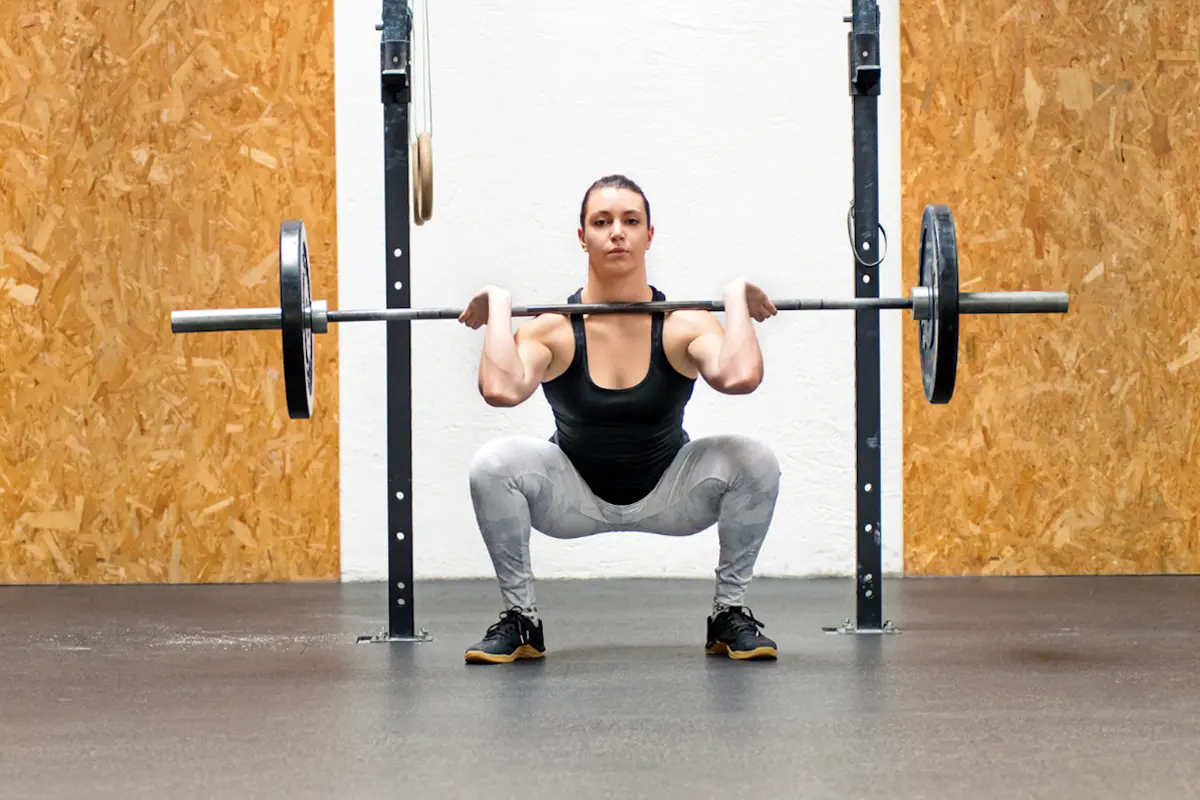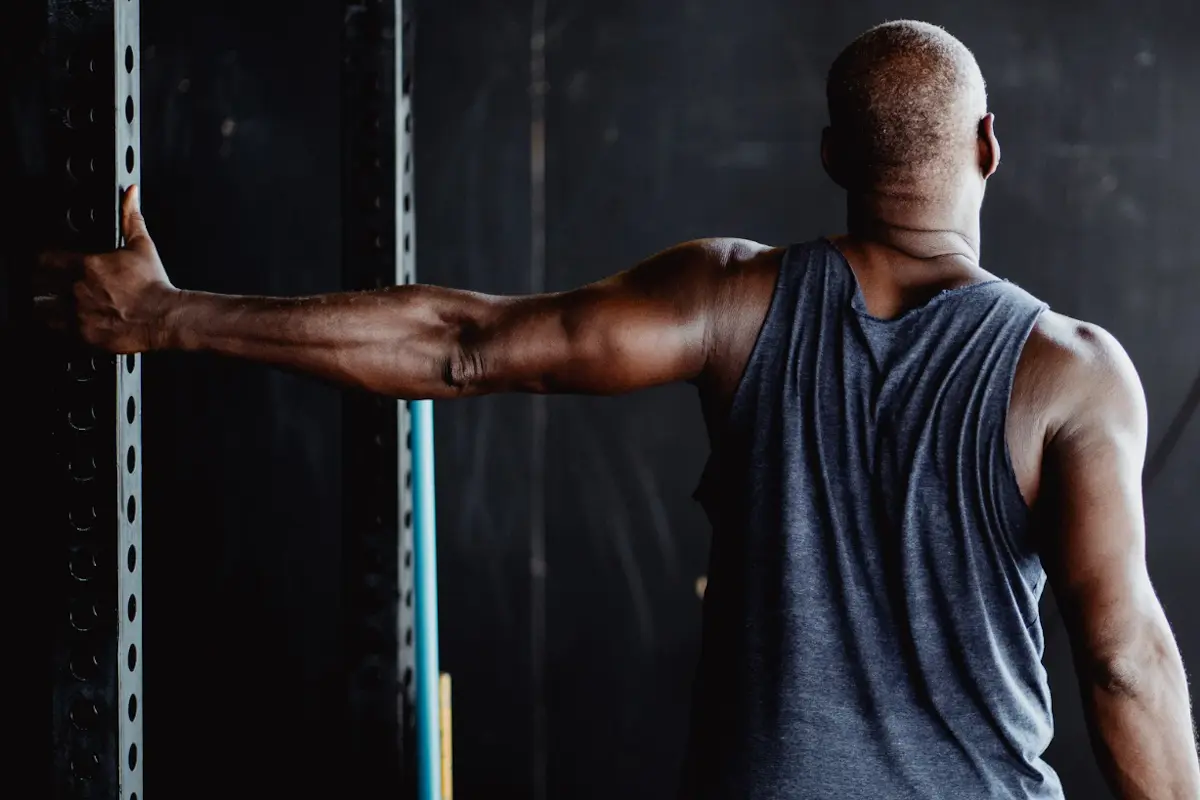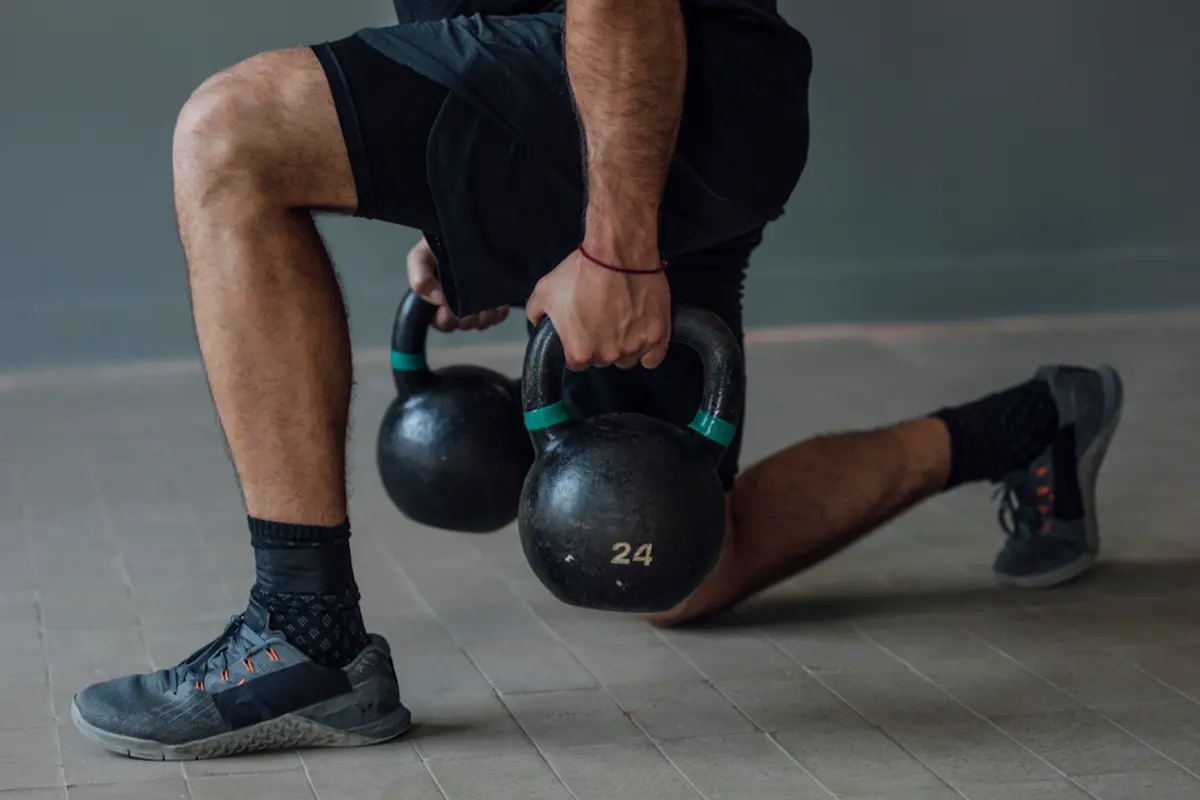10 Ways to Overcome Powerlifting Plateaus

What's In This Article
- Key Highlights
- Introduction
- 10 Strategies for How to Overcome Powerlifting Plateaus
- Conclusion
- Frequently Asked Questions
- References
- Resources
Key Highlights
- This blog post will cover 10 strategies to help you break through powerlifting plateaus.
- Plateaus are common in powerlifting and are characterized by a lack of progress in lifting heavier weights.
- Adjusting training volume, introducing new exercises, and fine-tuning nutrition is crucial to overcoming plateaus.
- Prioritizing recovery, implementing periodization, and focusing on weak points can significantly impact progress.
- Additional strategies include consulting a powerlifting coach and utilizing active rest periods.
Introduction
Most powerlifters will face a strength training plateau at some point. This can be really frustrating and happens when you stop making progress, even though you keep putting in the effort. Plateaus can happen for a number of reasons, and strength gains seem to pause completely.
A.J. Roberts, an accomplished powerlifter who trained at Westside Barbell, improved his total from 2400 pounds to 2855 pounds in just three years by working through squat and bench press plateaus. His success demonstrates that plateaus can be overcome with the right approach.
Louie Simmons, the founder of Westside Barbell, emphasized the importance of variety in training to break through plateaus. He advocated for using different exercises and methods to continually challenge the body and prevent stagnation. As a coach at Sportive Tricks, I work with lifters on various techniques to push them past plateaus, and I want to share some of them in this post.
10 Strategies for How to Overcome Powerlifting Plateaus
1. Adjust Your Training Volume
One reason for hitting a plateau is that your body has adapted to your current workout intensity and volume.
- progressive overload is essential - gradually making your workouts harder to keep increasing strength or muscle mass (Plotkin et al., 2022).
- Consider changing your rep range, sets, or weights to overcome a plateau.
- For example, add one or two extra sets to your main exercises, such as squats, bench presses, and deadlifts, or lift a little more weight but do fewer reps.
- Changing your volume can give your muscles a new challenge.
looking tired'>
2. Introduce New Exercises
The human body can change and adapt quickly. Over time, it can get used to the same movement patterns.
- When you add new exercises, you can challenge your muscles in new ways. This helps them grow and can help them push through a plateau, but the process must be systematic rather than random and frequent chopping and changing. (Kassiano et al., 2022).
- Instead of doing the same accessories for months, try exercises that work on different planes of motion or movement mechanics.
- On a squat day, for example, if you usually do box squats as your secondary movement, you can swap them for front squats or Bulgarian split squats.
3. Fine-Tune Your Nutrition
Nutrition is vital for muscle recovery and growth. It can also affect your ability to get past training plateaus. If you do not give your body the proper nutrients and enough of them, your progress may slow down. Emma Andriessen, Director and Nutritionist from Enzy Lifestyle and Performance stresses that "Adequate fuel is a powerlifter's key to success and longevity in the sport".
- You must eat enough calories to meet your training needs. When in a caloric deficit, your body prioritizes vital functions over muscle growth and repair. Balance your calorie intake with your training intensity to maintain optimal results.
- Focus on getting enough protein. Protein is key for repairing and building muscle. Try to eat about 0.8 to 1 gram of protein for each pound you weigh daily. This will help your muscles grow and recover properly.

4. Enhance Your Recovery Processes
Recovery is just as important as training. If you don’t get enough rest and recovery, your body can't repair muscle tissue. This makes it hard for you to adapt to the training stress, and you might hit a plateau.
- Try to get between 7 and 9 hours of sleep each night. When you sleep, your body produces growth hormone, key for muscle repair and growth (Song et al., 2023).
- Think about adding active recovery methods to your routine. You could do low-intensity cardio, foam rolling, or stretching. These activities can help improve blood flow and lower muscle soreness and are a great way to relax.
- Add in deload weeks.
5. Implement Periodization
Periodization is about changing your training program over time. It helps prevent plateaus and ensures progress. Periodization includes moving between periods of high intensity or volume and then having periods with less (Moesgaard et al., 2022).
- The goal of periodization is to stop your body from getting used to one level of training.
- By regularly changing the intensity and volume of your exercises, you can continue challenging your body and help it adapt and recover.
- A good periodization plan will have microcycles, which are weekly plans; mesocycles, usually lasting about a month; and macrocycles, which often cover a year. This way, you can work on both short-term and long-term goals.

6. Focus on Weak Points Training
Identifying and fixing weak points in lifts is essential for overcoming plateaus. Robb Wolf, a former research biochemist and strength coach, advocates assessing and identifying weak or sticking points in lifts. He recommends adding corrective exercises to strengthen these positions, emphasizing that people are often simply weak and need to get stronger rather than just stretching or doing isolation exercises.
- Everyone has spots where they struggle more, like locking out a bench press or keeping proper form when squatting.
- Add exercises that work on these weak areas.
- For example, if you have trouble with the bottom part of your squat, consider pause squats, box squats, or Bulgarian split squats. These exercises can help build strength and stability in that movement phase or range of motion.
7. Employ Varied Resistance Techniques
Free weights should be the central part of your powerlifting training. However, using different resistance techniques can help you improve your strength.
- You can use resistance bands, chains, and machines to make your muscles work harder or in new ways (Shi et al., 2022).
- For example, adding resistance bands offers varying resistance. This means that as you move, the resistance gets stronger. This forces your muscles to work harder at the top of the movement, where they are usually stronger.
- Adding chains to barbell lifts creates accommodating resistance, where the weight becomes progressively heavier as you lift higher (due to more chain links leaving the ground), which forces muscles to generate increasing force throughout the movement.

8. Increase Training Intensity
Gradually increasing the intensity of your workouts helps you move past plateaus. The Canadian Strength and Conditioning Association states that intensity below 60% of 1RM is considered suboptimal for strength development. There are various ways to raise the intensity of your workouts.
- This includes changing the weight you lift, taking shorter breaks between sets, or working your muscles until they can’t do more - taking sets to failure.
- If you have been lifting the same weight for the same number of reps, it’s time to push yourself. Try to lift more weight or take less amount of time to rest.
- Make sure to listen to your body. Do not push yourself too hard too quickly. This can lead to injury or overtraining.
9. Consult a Powerlifting Coach
Getting help from a certified personal trainer or a powerlifting coach is invaluable.
- At Sportive Tricks, we create training plans based on your abilities and goals, check your lifting technique, and hold you accountable. This support can help you overcome tough spots and reach your fitness goals.
- A coach can look at how you lift weights and find any weak spots or imbalances. They can also motivate, keep you focused, and help you progress in the right direction.
- Regular lifting benefits greatly from professional coaching, regardless of your experience level.
10. Utilize Active Rest Periods
Active rest periods mean doing light exercises during breaks between sets.
- This method helps your blood flow, lessens muscle soreness, and speeds recovery. It can even help you break through workout plateaus (Kourabbaslou et al., 2022).
- Rather than just sitting or standing during your breaks, try adding movements like bodyweight rows, band pull-aparts, or light cardio such as jumping jacks or high knees.
- When you stay active during breaks, you keep your blood flowing and your muscles warm. This helps you recover faster and get ready for the next set.
- This isn't recommended for your heavy squat, bench, and deadlift sets.
Conclusion
To break through powerlifting plateaus, vary your training, try new exercises, enhance nutrition, prioritize recovery, use periodization, and target weak areas. Consistency, dedication, and seeking coaching support are key to surpassing plateaus and achieving personal bests. Stay focused on goals, push limits, and strive for continuous improvement.
Frequently Asked Questions
What is a powerlifting plateau?
A powerlifting plateau is like a strength training or weightlifting plateau. It happens when your progress suddenly stops. You may not see any improvements in your lifts, even though you follow your current plan. But don’t worry! There are plenty of ways to get past this!
How often should I change my training routine to avoid plateaus?
There isn't a specific number for when to change your training program. It depends on your fitness level, experience, and how your body reacts. Keep an eye on your progress. If you haven't seen improvements for a few weeks, it may be time to change your training program and try a new approach.
Can nutrition play a role in overcoming a plateau?
Nutrition is essential for muscle growth and recovery. It’s vital to eat enough calories to power your workouts. You also need to have enough protein for muscle repair. If you want to lose weight, don’t cut calories too much, which can impact your performance. Adjusting your nutrition can help overcome plateaus.
How can changing my workout routine help overcome a powerlifting plateau?
Changing your exercise routine helps your muscles adjust to new challenges. You can add exercises that focus on different muscle groups or work the same groups in many ways. Try mixing up the speed of your workouts with tempo training. You can also use drop sets and half reps to push your muscles in new ways.
References
- Fekri-Kourabbaslou, V., Shams, S., & Amani-Shalamzari, S. (2022). Effect of different recovery modes during resistance training with blood flow restriction on hormonal levels and performance in young men: a randomized controlled trial. BMC Sports Science, Medicine and Rehabilitation, 14(1), 47.
- Kassiano, W., Nunes, J. P., Costa, B., Ribeiro, A. S., Schoenfeld, B. J., & Cyrino, E. S. (2022). Does varying resistance exercises promote superior muscle hypertrophy and strength gains? A systematic review. Journal of Strength and Conditioning Research, 36(6), 1753-1762.
- Moesgaard, L., Beck, M. M., Christiansen, L., & Aagaard, P. (2022). Effects of periodization on strength and muscle hypertrophy in volume-equated resistance training programs: A systematic review and meta-analysis. Sports Medicine, 52(7), 1647-1666.
- Plotkin, D., Coleman, M., Van Every, D., Maldonado, J., Oberlin, D., Israetel, M., Feather, J., Alto, A., Vigotsky, A. D., & Schoenfeld, B. J. (2022). Progressive overload without progressing load? The effects of load or repetition progression on muscular adaptations. PeerJ, 10, e14142.
- Shi, L., Cai, Z., Chen, S., & Han, D. (2022). Acute effects of variable resistance training on force, velocity, and power measures: a systematic review and meta-analysis. PeerJ, 10, e13870.
- Song, J., Park, S. J., Choi, S., Han, M., Cho, Y., Oh, Y. H., & Park, S. M. (2023). Effect of changes in sleeping behavior on skeletal muscle and fat mass: a retrospective cohort study. BMC Public Health, 23(1), 1879.